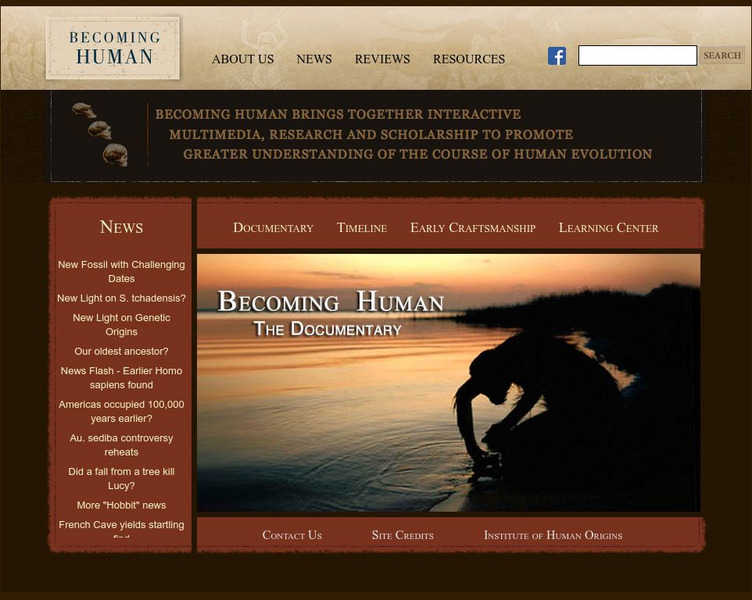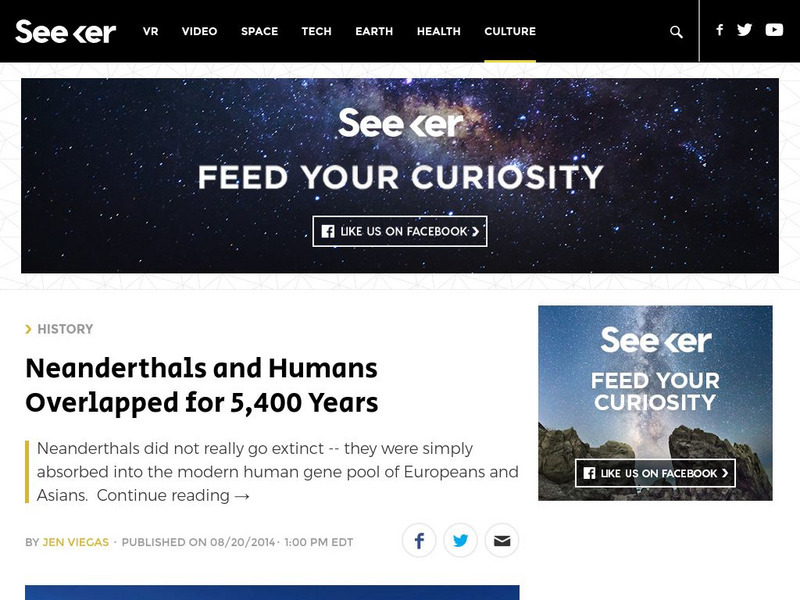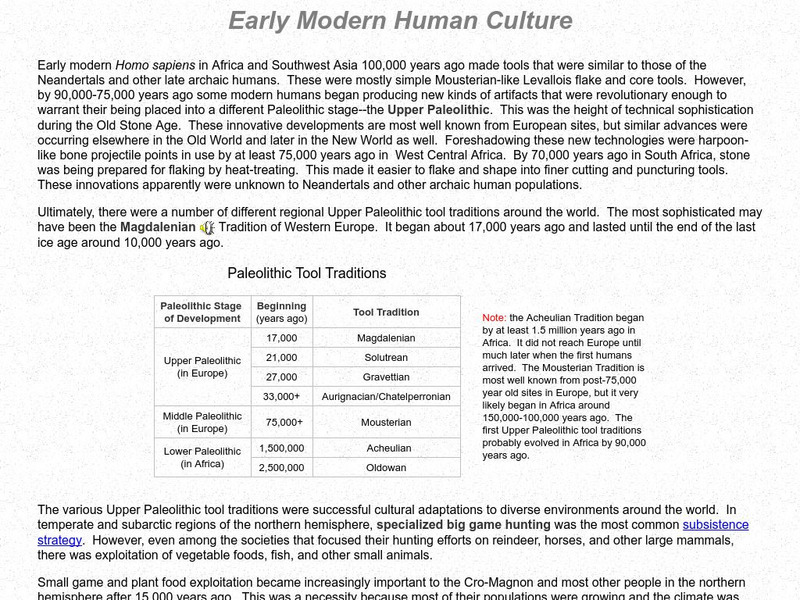Curated OER
The Institutions of Government: The Judiciary
Learners explain the difference between tribal, state and federal sovereignty. Using the internet, they read Supreme Court cases that focus on Native American law. They compare and contrast the view of the case from the Native...
Curated OER
Give Me the C and D Canal!!!
Students estimate the distance between Baltimore to Philadelphia via the water route before the Chesapeake and Delaware Canal was built. They familiarize themselves with canals and how transporation and economic necessities dictate the...
Curated OER
Biology Chapter 15 Word Search Puzzle
In this biology activity, middle schoolers look for the words that are related to the theme of the activity. They also work on the skills of spelling and word recognition.
Curated OER
Getting to Know You
Students complete an getting to know each other activity. In this personal names lesson, students play a name game, read a book about names, and then discuss why names are important. Students design a name card on oak tag rectangles and...
Curated OER
Natural Selection and the Peppered Moth
Learners study natural selection and its process in the peppered moth. In this evolution lesson, students read about the concept of natural selection as suggested by Charles Darwin. Learners then complete a natural selection simulation...
Curated OER
The Segregated Pencil Sharpeners
Students explore racism through pencil sharpeners. In this civil rights lesson, students utilize a pencil sharpener with one of two colored pencils and explain how some people were not allowed to use certain items because of the color...
Curated OER
The Industrial Revolution
Eighth graders examine the time period of the Industrial revolution in American history. In this American History lesson, 8th graders read the chapter on this time period. Students create a presentation on this time period to teach...
Curated OER
Breaking News English: Cloned Dogs in Training to Sniff for Drugs
In this English worksheet, students read "Cloned Dogs in Training to Sniff for Drugs," and then respond to 1 essay, 47 fill in the blank, 7 short answer, 20 matching, and 8 true or false questions about the selection.
Curated OER
Scientists and Inventors
Fourth graders investigate scientists and inventors. In this science instructional activity, 4th graders discuss inventors and scientists. Students research their chosen inventor or scientists and write a report about that person.
Other
Institute of Human Origins: Becoming Human
Multimedia-rich guide for anyone making their way through a study of human origin. Find information and analysis about the fossil record, comparative anatomy, theories, and the cultural adaptations of humans and their ancestors. With an...
Other
Bradshaw Foundation: Journey of Mankind
An interactive map that shows how early humans traveled out of Africa and spread throughout the world. Starts from pre-150,000 B.C. and shows the history of how humans were able to populate the world. At each step there is information...
A&E Television
History.com: What Prehistoric Cave Paintings Reveal About Early Human Life
Some of the oldest known art may hint at the beginning of language development, while later examples portray narratives with human and animal figures. What does the oldest known art in the world tell us about the people who created it?...
Seeker
Seeker: Week of 8 25 14: Neanderthals, Humans Overlapped for 5,400 Years
Learn why recent discoveries are causing scientists to rewrite the timeline of modern humans and Neanderthals.
A&E Television
History.com: How Early Humans Survived the Ice Age
The most recent ice age peaked between 24,000 and 21,000 years ago, when vast ice sheets covered North America and northern Europe, and mountain ranges like Africa's Mt. Kilimanjaro and South America's Andes were encased in glaciers. At...
Lin and Don Donn
Lin and Don Donn: Who's Who of Early Man
The little cave man guy with a club welcomes you to the site. Did early man look like him? Mr. Donn has put together a Cheat Sheet of Who's Who of Early Man beginning with the famous Lucy and ending with men that looked a lot like us!
BBC
Bbc News: Early Humans Followed the Coast
The theory of coastal migration of early Americans down the coast of California has been gaining much consideration. Read about some of the evidence supporting this theory.
Smithsonian Institution
National Museum of Natural History: What Does It Mean to Be Human, Human Characteristics
Explore walking upright, tools and food, bodies, brains, social life, language and how humans ultimately changed the world. Excellent charts, pictures and videos accompany easy-to-understand text on the earliest humans.
CK-12 Foundation
Ck 12: Biology: Human Population
[Free Registration/Login may be required to access all resource tools.] Overview of early human population growth.
Other
Temple University Med School: Ventricular System Development (Early)
Upper-level explanation of early human ventricular system development. Provides interactive labeled diagrams and description of weeks 4, 5, and 6 in embryo development.
Palomar Community College District
Palomar College: Early Modern Human Culture
An exclusive group of early humans are classified into the Upper Paleolithic stage because they were more evolved than others. Discover their culture - art, tools for making tools, and social changes - of this era.
Palomar Community College District
Palomar College: Archaic Human Culture
Early human culture from the Paleolithic period is described. Find details about archaic tools, language, clothing, and rituals for burying the dead.
Palomar Community College District
Palomar College: Flashcards: Archaic Human Culture
A set of nine flashcards to help understand the culture of early humans.
Other popular searches
- Timeline of Early Man
- Early Man Neanderthal
- Time Line of Early Man
- Powerpoint Early Man
- Cultures of Early Humans
- History Early Man
- Social Studies Early Humans
- Early Humans Wanted Poster
- Early Man Rock Art
- Early Humans Africa
- Early Man Africa
- Timelines of Early Man






















